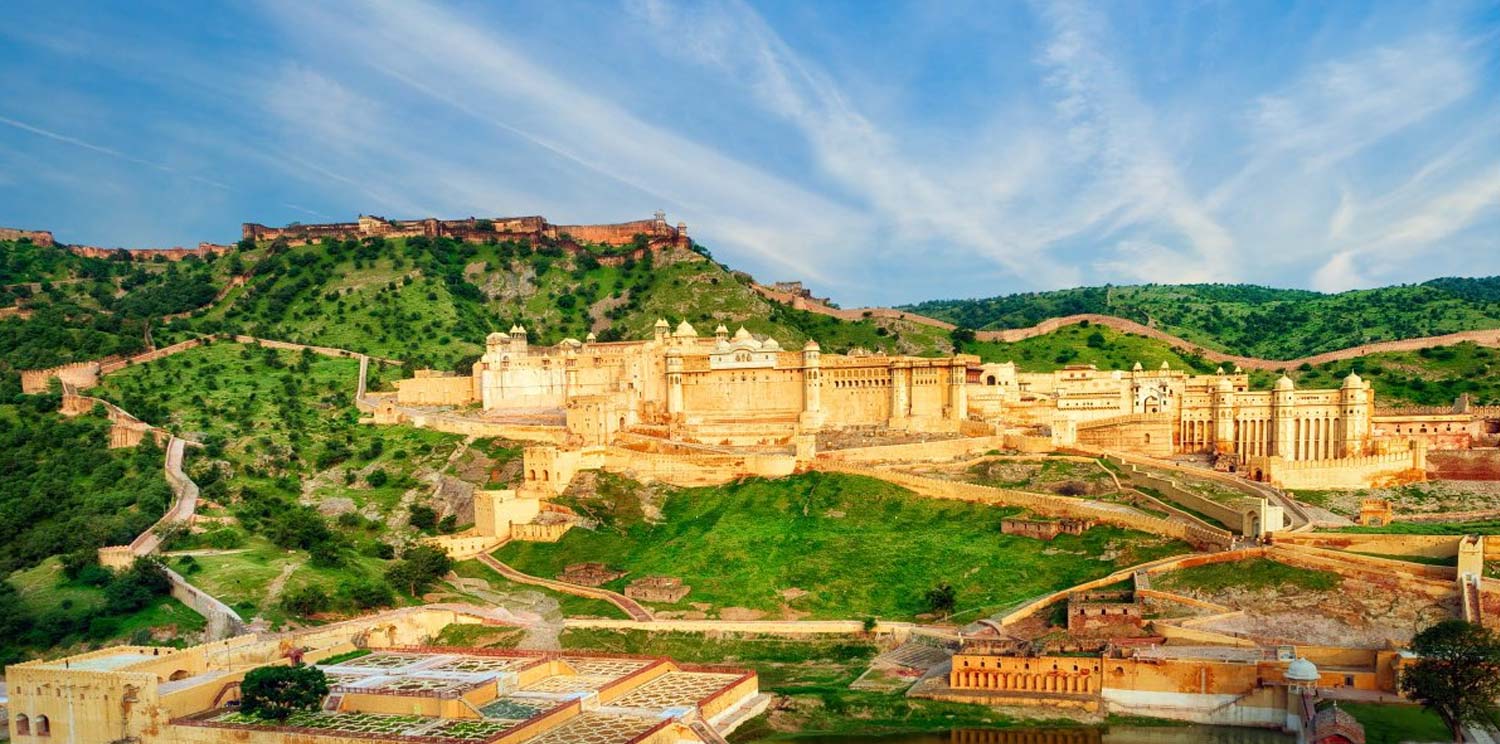
Mount Abu Tripadvisor
The only hill station of hot and humid Rajasthan, Mount Abu is located in the southwestern end of the state at an altitude of 1220 metres above sea level. As sultry weather conditions makes life miserable for people in the rest of the state, Mount Abu's pleasant climate attracts tourists all throughout the year. But that is not Mount Abu's only claim to fame. The exquisite Dilwara temples of the place also makes Mount Abu a revered pilgrimage destination of the Jain community. Historical texts say that Lord Mahavira had also visited Mount Abu during his lifetime and blessed the place. The Dilwara temples are also regarded as some of the most attractive temples of the country. The summer retreat also holds many other attractions for tourists.
What To See
Tourist Attractions in Mount Abu Dilwara Jain Temple :
The exquisitely carved marble temples of Dilawara in Mount Abu are the finest examples of Jain temples in India. The hallmark of these temples is the crisp translucent shell-like treatment of marble, which surpasses anything seen elsewhere.
No matter how much one hears or reads about these temples, nothing can prepare one for the sheer elegance and beauty of marble as displayed here. These temples were dedicated to their saints known as the tirthankars and also served as storehouses of illustrated manuscripts and treatises.
The period from AD 800 to 1200 was one of great social awakening and religious fervor among the people of this region. Jainism (an ancient Indian religion that originated in 600 BC) found its firm foundation in Rajasthan. With matrimonial alliances between Mughal and Rajput rulers and a liberal policy towards Hindus adopted by the great Mughal Akbar, this was a period of tranquility in most parts of Rajasthan. Old Hindu shrines were renovated and new ones including the temples of Ranakpur and Dilwara, were built during this period.
The basic structure of most temples in India is a room called the Garbha Griha (sanctum sanctorum) where the idol of the main deity is kept. The temple is approached by a flight of steps and is often built on a platform. A porch covers the entrance to the temple, which is supported by carved pillars. A prominent roof called the shikhara surmounts the top of the Garbha Griha, and dominates the surroundings. Temple architecture in India is broadly divided into the northern and southern styles and classified according to the form and shape of the shikhara and the distinctiveness of its decoration. The shikharas of the temples in south India tend to be made up of distinct horizontal levels that diminish to form a rough pyramid. Each level is decorated with miniature temple rooftops. The shikharas of the temples in north and central India, in contrast, resemble an upturned cone that is decorated with miniature conical shikharas.
Adhar Devi Temple :
The Adhar Devi temple may not be in the same category as Dilwara temples, yet the temple deserves mention for being one of the few rock cut temples of the country. This temple has been very carefully chiseled out of a huge rock. Devotees have to climb 360 stairs to reach the temple.
Gaumukh Temple :
The Gaumukh temple of Mount Abu is an ancient temple that finds mention in ancient religious scriptures. Legend has it that sage Vashishtha had performed a famous yagna at the place. The temple is located in picturesque environs with a few natural springs flowing nearby.
Nakki Lake :
The most beautiful spot of Mount Abu, Nakki lake is surrounded by scenic hills, colourful parks and some unique rock formations. Tourists come to the place in large numbers to enjoy the beauty of the place. It is believed that this lake was scooped out by God using his nails. Situated close to Nakki lake is a temple dedicated to Shri Raghunathji.
Trevor’s Tank :
Trevor's tank is a favourite for bird watchers. The dense hills surrounding the tank remain full of pigeons , peacocks and partridges. Some other bird varieties including a few migratory bird species also come to the place. The tank has been named after the British engineer who constructed it.
What To Do
Shopping in Mount Abu :
Shopping is another popular pastime of tourists coming to Mount Abu. The markets of Mount Abu remain full of Rajasthani handicraft and handloom products. This includes traditional textile varieties, gold and silver jewellery, carvings in wood, marble and metal, Rajasthani paintings, leather articles and stone crafts. The shops around Nakki lake constitute the main shopping centre of the place. The shops remain full of curious in marble, sandalwood and sandstone, saris, bangles and linen with Sanganeri prints. To buy handicraft and handloom products, Rajasthali-the Government emporium is the best place. All the items here are fixed priced.

 +91-9799050299
+91-9799050299


